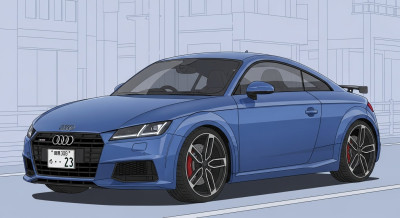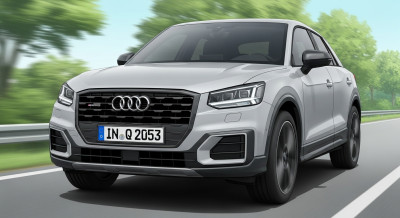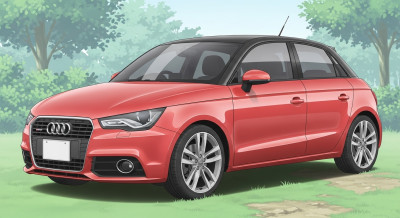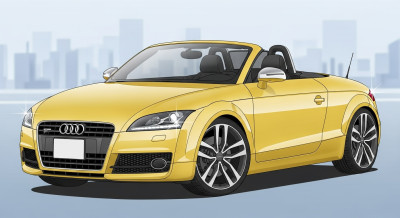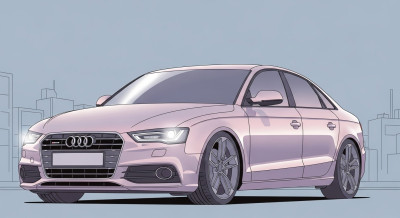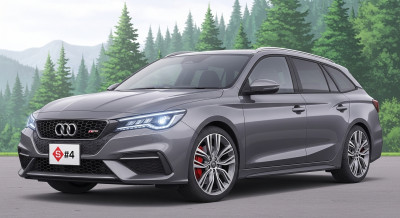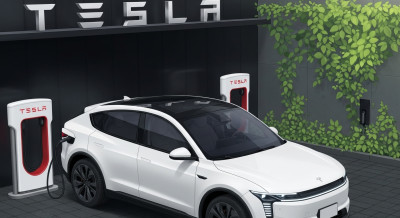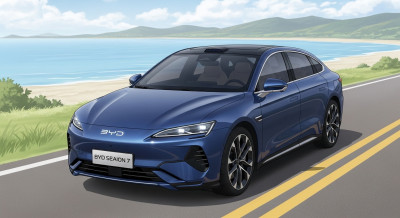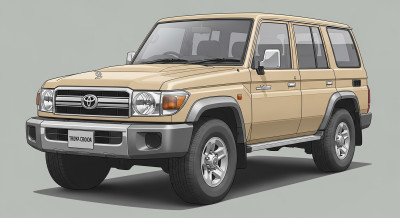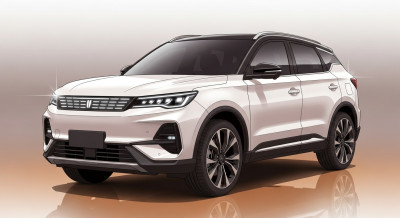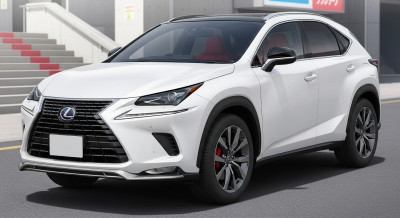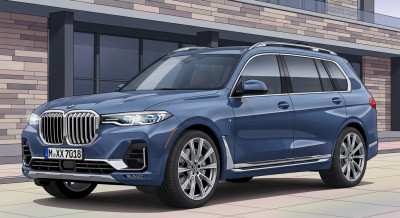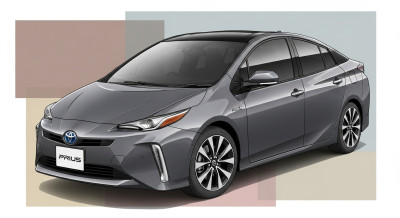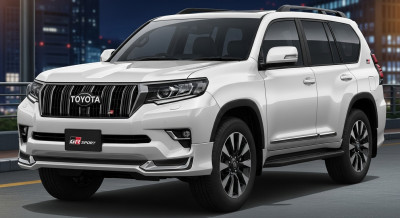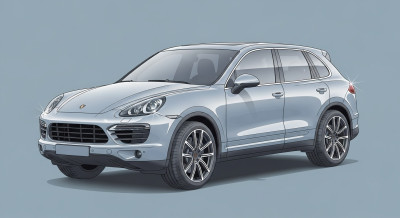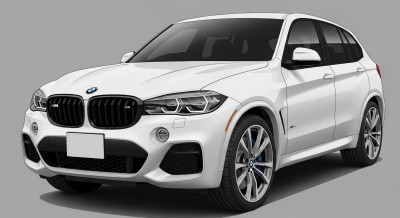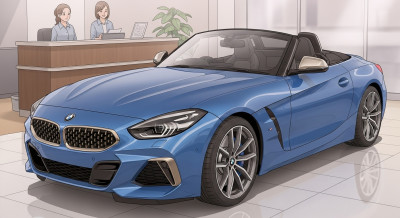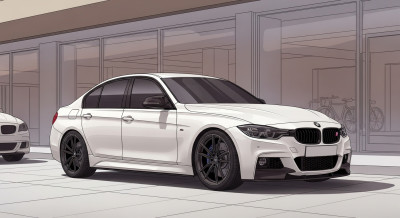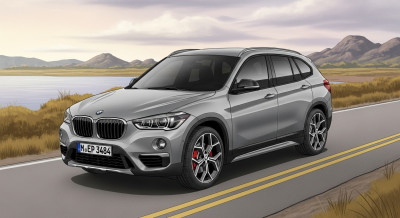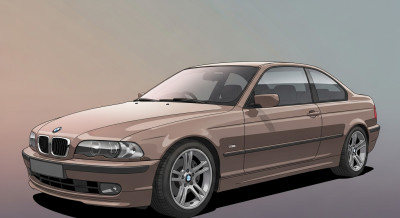2021 Audi e tron S Sportback in Catalunya Red
Audi is showing consistency and continuing with its electric offensive – with the new Audi e-tron S and the new Audi e-tron S Sportback. Both of the S models with fully electric drive use three electric motors, two of which operate on the rear axle. Their intelligent drive control raises vehicle safety, and dynamic handling in particular, to a new level. In addition to the electric all-wheel drive, the vehicles are equipped with electric torque vectoring with active and fully variable torque distribution on the rear axle.
Handling 2.0: the driving experience
The new Audi e-tron S and the new Audi e-tron S Sportback deliver dynamics in a new dimension. In S gear, they provide their full boost performance for eight seconds – 370 kW of power and 973 Nm (717.6 lb-ft) of torque. The standard sprint takes just 4.5 seconds and acceleration ends at 210 km/h (130.5 mph).
The new S models have two electric motors on the rear axle and one on the front axle, making them the first mass-produced electric cars in the world to have three electric motors. Their drive layout is based on the modular construction principle: An adapted design of the more powerful electric motor that powers rear axle in the Audi e-tron 55 is now installed on the front axle.
The front electric motor from the e-tron 55 operates together with a structurally identical counterpart and individual modifications in the rear. The high-voltage battery has a gross energy capacity of 95 kWh, of which 91 percent (86 kWh) is usable. With one battery charge, the Audi e-tron S and the Audi e-tron S Sportback achieve ranges of up to 364 km (226.2 mi) and 370 km (229.9 mi) respectively in the WLTP cycle.
quattro reloaded: electric torque vectoring
In order to improve efficiency, only the rear electric motors are engaged as long as the Audi e-tron S and the e-tron S Sportback are operating in normal driving mode. The front electric motor flashes into action when the driver demands more performance, or predictively before traction subsides.
Electric all-wheel drive is now enhanced with electric torque vectoring: Each of the rear electric motors sends the drive torques directly to the respective wheel via a single-speed transmission; there is no more mechanical differential. Need-based regulation takes just milliseconds and can manage very high drive torques.
Drivers experience the excellent agility and traction of the electric S models in particular when challenging them on curvy roads. Their character has a stronger emphasis on the rear end and is even sportier than that of the technical basis. If the ESC stabilization control is set to “sport” and the Audi drive select dynamic handling system is set to maximum performance in “dynamic” mode, the drive layout facilitates a high level of transverse dynamics and, upon request, controlled drifts as well. When approaching the physical limit, the unloaded front wheel on the inside of the curve is decelerated slightly via the wheel brake to prevent slip and further refine handling. The sharp dynamism, high level of precision, and uncompromising safety are based on the close networking between all control units that manage the drive and suspension systems.
Get More Great Car Videos - Subscribe: https://goo.gl/BSIaF
Audi is showing consistency and continuing with its electric offensive – with the new Audi e-tron S and the new Audi e-tron S Sportback. Both of the S models with fully electric drive use three electric motors, two of which operate on the rear axle. Their intelligent drive control raises vehicle safety, and dynamic handling in particular, to a new level. In addition to the electric all-wheel drive, the vehicles are equipped with electric torque vectoring with active and fully variable torque distribution on the rear axle.
Handling 2.0: the driving experience
The new Audi e-tron S and the new Audi e-tron S Sportback deliver dynamics in a new dimension. In S gear, they provide their full boost performance for eight seconds – 370 kW of power and 973 Nm (717.6 lb-ft) of torque. The standard sprint takes just 4.5 seconds and acceleration ends at 210 km/h (130.5 mph).
The new S models have two electric motors on the rear axle and one on the front axle, making them the first mass-produced electric cars in the world to have three electric motors. Their drive layout is based on the modular construction principle: An adapted design of the more powerful electric motor that powers rear axle in the Audi e-tron 55 is now installed on the front axle.
The front electric motor from the e-tron 55 operates together with a structurally identical counterpart and individual modifications in the rear. The high-voltage battery has a gross energy capacity of 95 kWh, of which 91 percent (86 kWh) is usable. With one battery charge, the Audi e-tron S and the Audi e-tron S Sportback achieve ranges of up to 364 km (226.2 mi) and 370 km (229.9 mi) respectively in the WLTP cycle.
quattro reloaded: electric torque vectoring
In order to improve efficiency, only the rear electric motors are engaged as long as the Audi e-tron S and the e-tron S Sportback are operating in normal driving mode. The front electric motor flashes into action when the driver demands more performance, or predictively before traction subsides.
Electric all-wheel drive is now enhanced with electric torque vectoring: Each of the rear electric motors sends the drive torques directly to the respective wheel via a single-speed transmission; there is no more mechanical differential. Need-based regulation takes just milliseconds and can manage very high drive torques.
Drivers experience the excellent agility and traction of the electric S models in particular when challenging them on curvy roads. Their character has a stronger emphasis on the rear end and is even sportier than that of the technical basis. If the ESC stabilization control is set to “sport” and the Audi drive select dynamic handling system is set to maximum performance in “dynamic” mode, the drive layout facilitates a high level of transverse dynamics and, upon request, controlled drifts as well. When approaching the physical limit, the unloaded front wheel on the inside of the curve is decelerated slightly via the wheel brake to prevent slip and further refine handling. The sharp dynamism, high level of precision, and uncompromising safety are based on the close networking between all control units that manage the drive and suspension systems.
Get More Great Car Videos - Subscribe: https://goo.gl/BSIaFc
 LEXUS
LEXUS  AUDI
AUDI  PORSCHE
PORSCHE  ROLLS-ROYCE
ROLLS-ROYCE  LAND ROVER
LAND ROVER  FERRARI
FERRARI  MASERATI
MASERATI  CADILLAC
CADILLAC  CHRYSLER JEEP
CHRYSLER JEEP 















